As some the signature and extensive VIVIERS SS24 show notes reads:
“’Re-Trace, Re-Memory, Re-Set, Re-Culture’ serves as a canvas for unravelling the threads that bind our collective origin stories, inviting us to examine the interconnections between art, science, spirituality, and cultural heritage. Through an exploration of legends, archaeological discoveries, and visionary philosophy, this collection investigates how myths and shared narratives shape our understanding of our human evolution, foster unity, and inspire positive change.
By engaging with the archeology like Homo Naledi and myths of Crystal Skulls, the concept of the Phoenix, and the visionary perspectives of thinkers like Oscar Wilde and Credo Mutwa, our collection contemplates the potential for collective transformation and cultural redefinition. In a world where past, present, and future intertwine, art emerges as a bridge that connects our shared history with our aspirations for a harmonious world.
The overall feeling is quite otherworldly. Re-imagined, Reclaimed Couture fabrics, combined with Vintage Silks, Cottons, Lamés and Synthetics are combined and juxtaposed with unique artisanal South African Wools, Mohair and a variety of crafted, experimental Suminigashi printed textiles. The inclusion of such a wide spectrum of fabrics, conceptually ties back our shared Origin story, that advocates unity in individuality, rather than separation.
Re-Trace, Re-Memory, Re-Set, Re-Culture represents key VIVIERS signature shapes and sculpted silhouette, this season re-imagined into the past-future. The trapeze shapes and silhouettes combined with our signature sculpted arch shapes, could be considered otherworldly or extraterrestrial in nature. The overall silhouette is powerful, yet not traditionally masculine, but rather more androgynous. The collection represents both the extreme masculine and the extreme feminine, combined commenting on the duality found within all of us. We visualise more inclusive shapes that are accommodating for most body types, disregarding gender.
The palette and textures of the collection is inspired by the James Webb telescope’s picture of newfound galaxies, planets and stars, directly opposed to Madre Tierra’s earthy rocks, sand, bones, fossils, crystals and gold. Some garment resembles the crater surfaces of planets like Mars and the moon or colours that mimic Jupiter, Saturn and our sun. Metallic hues represent our milky way and shooting stars, but also reference our ongoing obsession with Crystalline quartz and the metal Gold.
The collection represents both the extreme masculine and the extreme feminine, combined commenting on the duality found within all of us: Humans, Extraterrestrials, Heaven and Earth.”
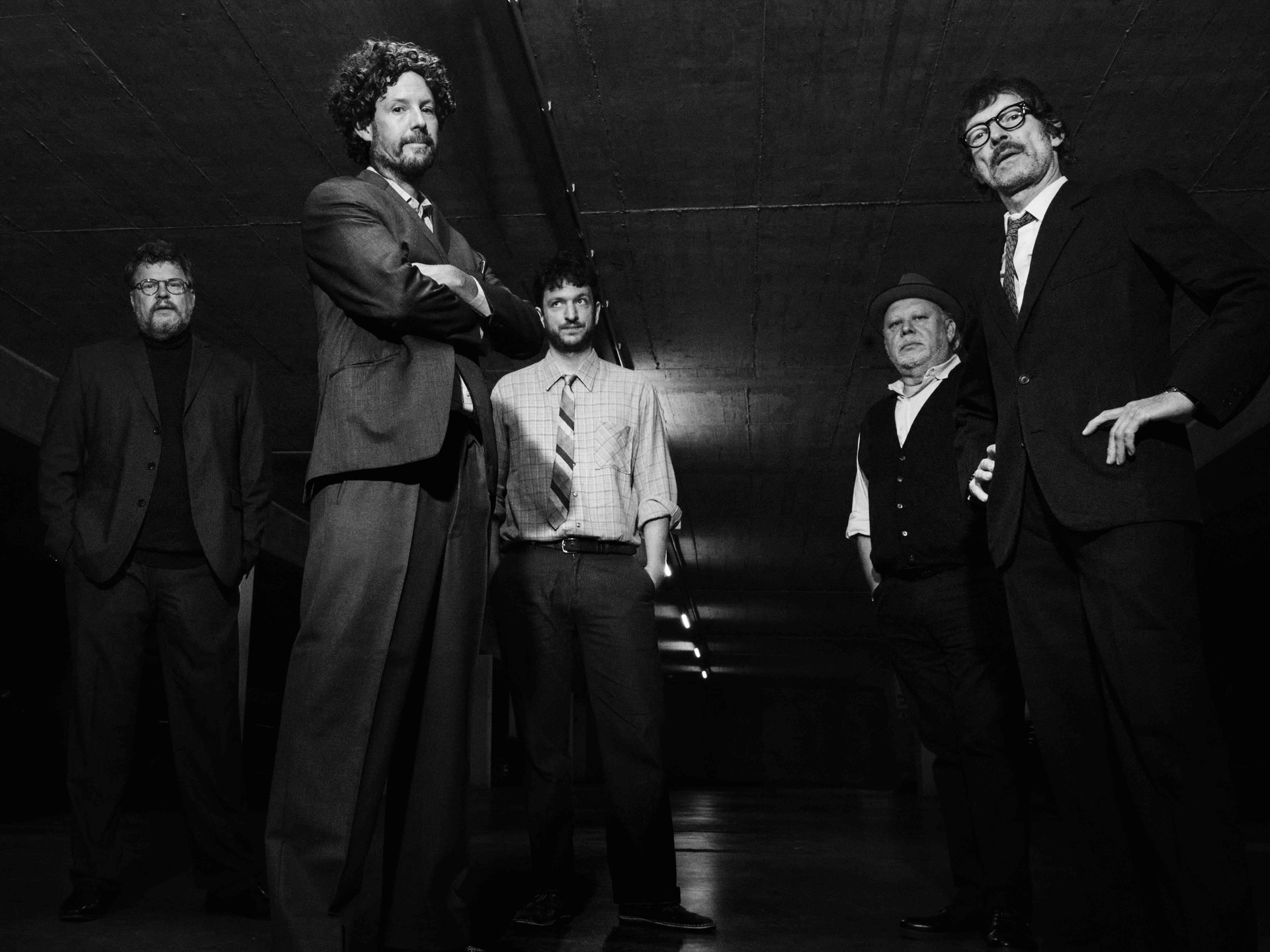

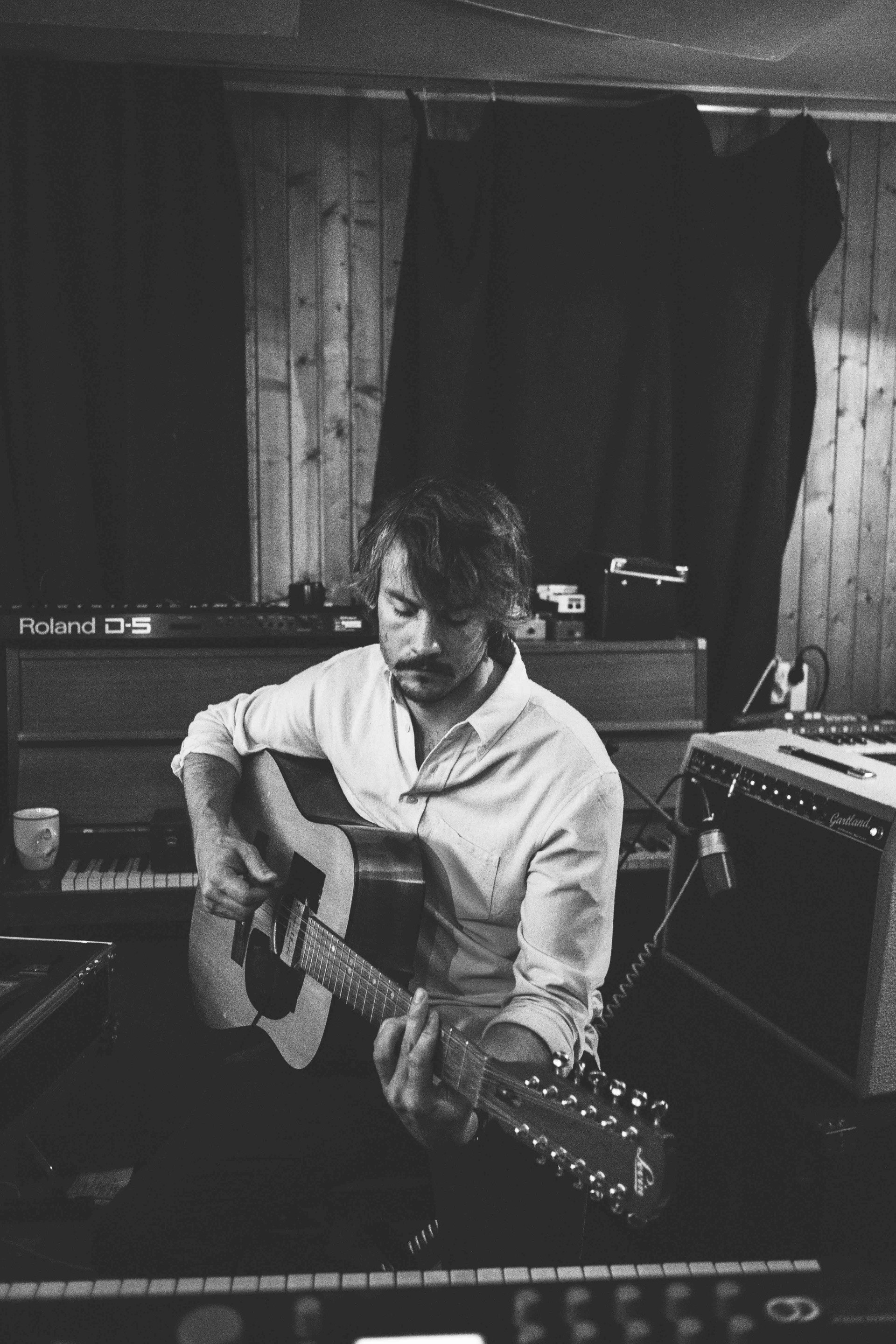


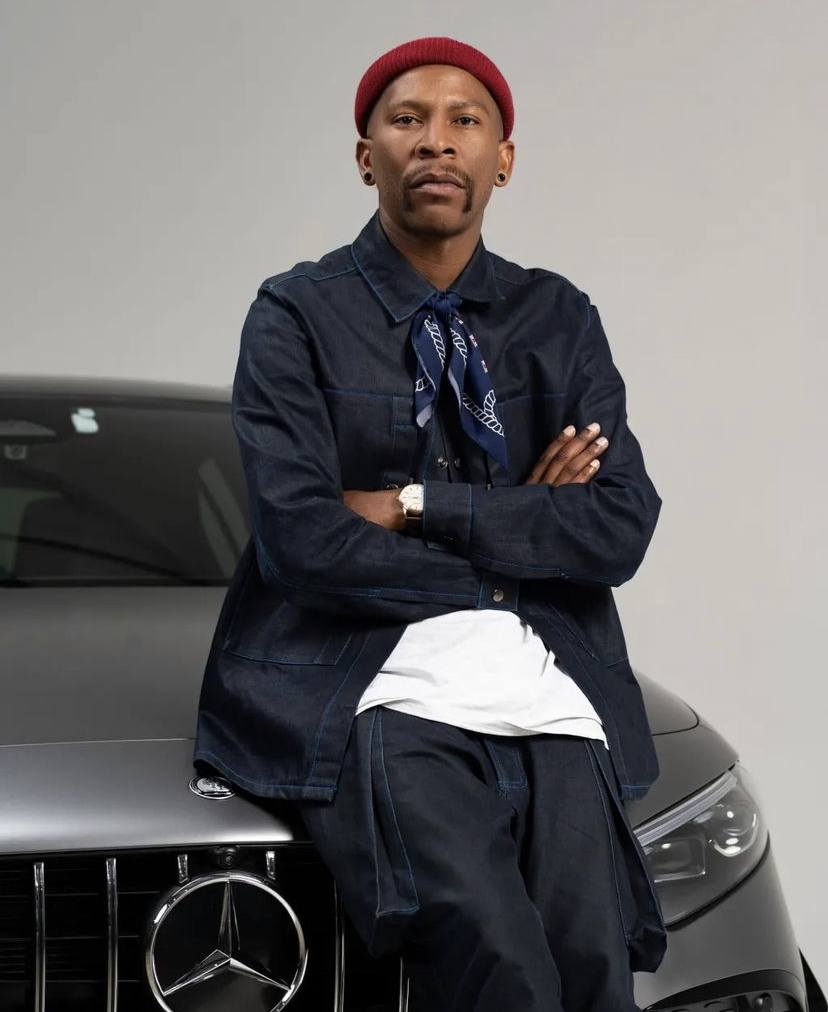



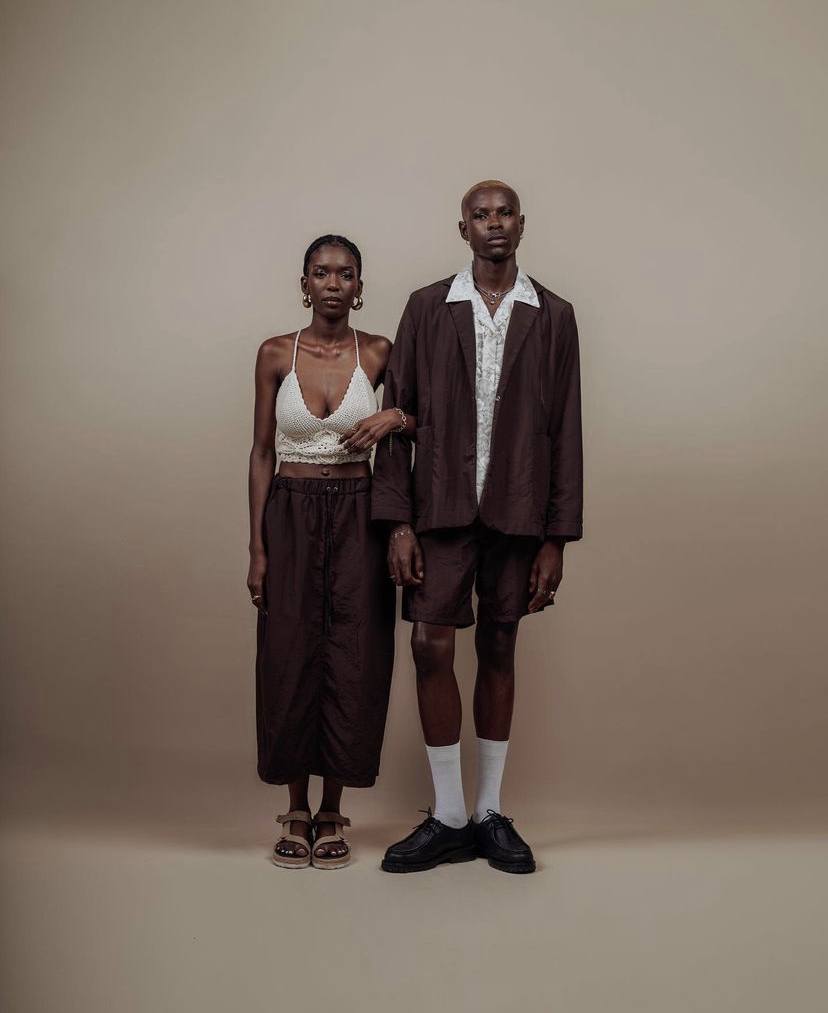





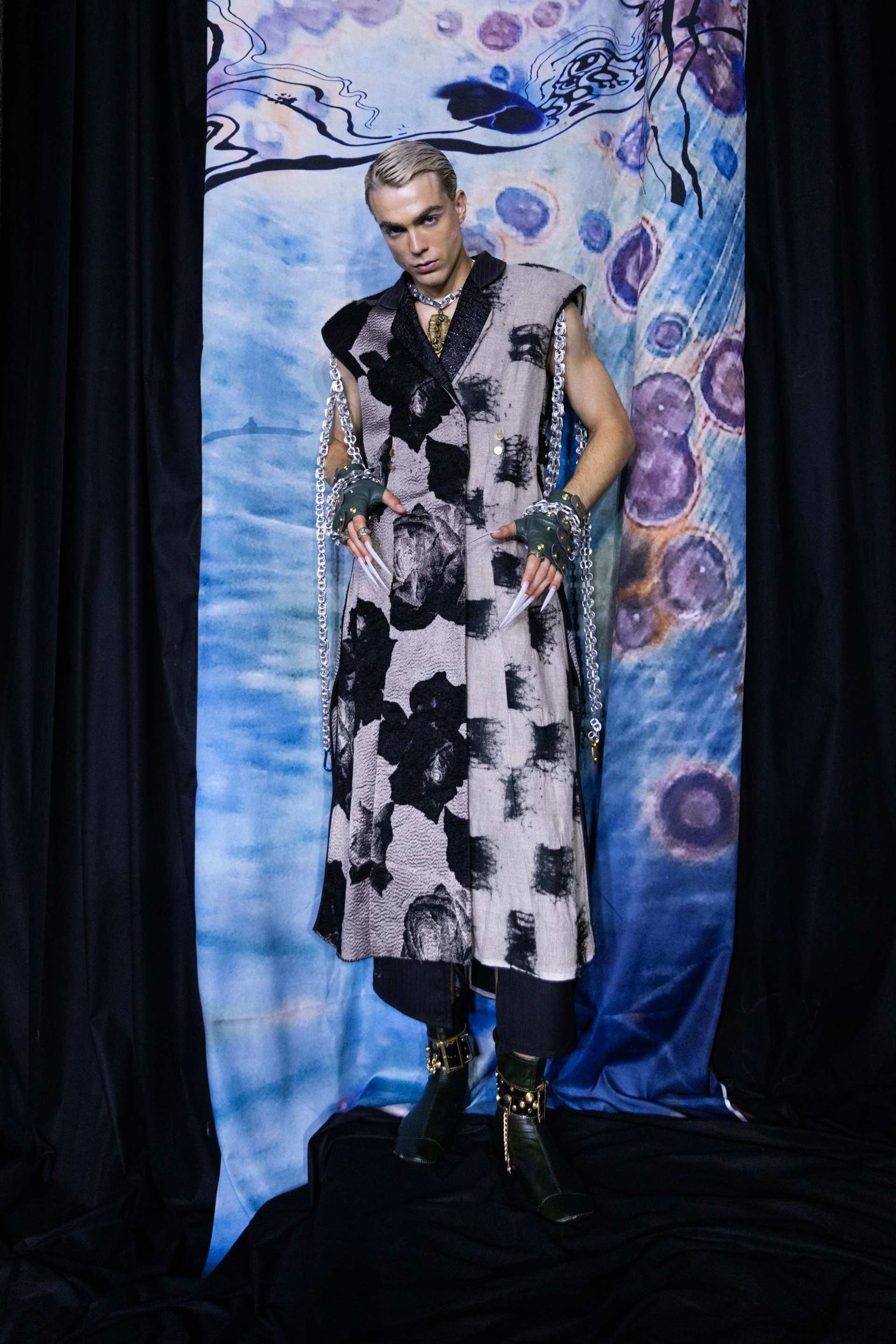

















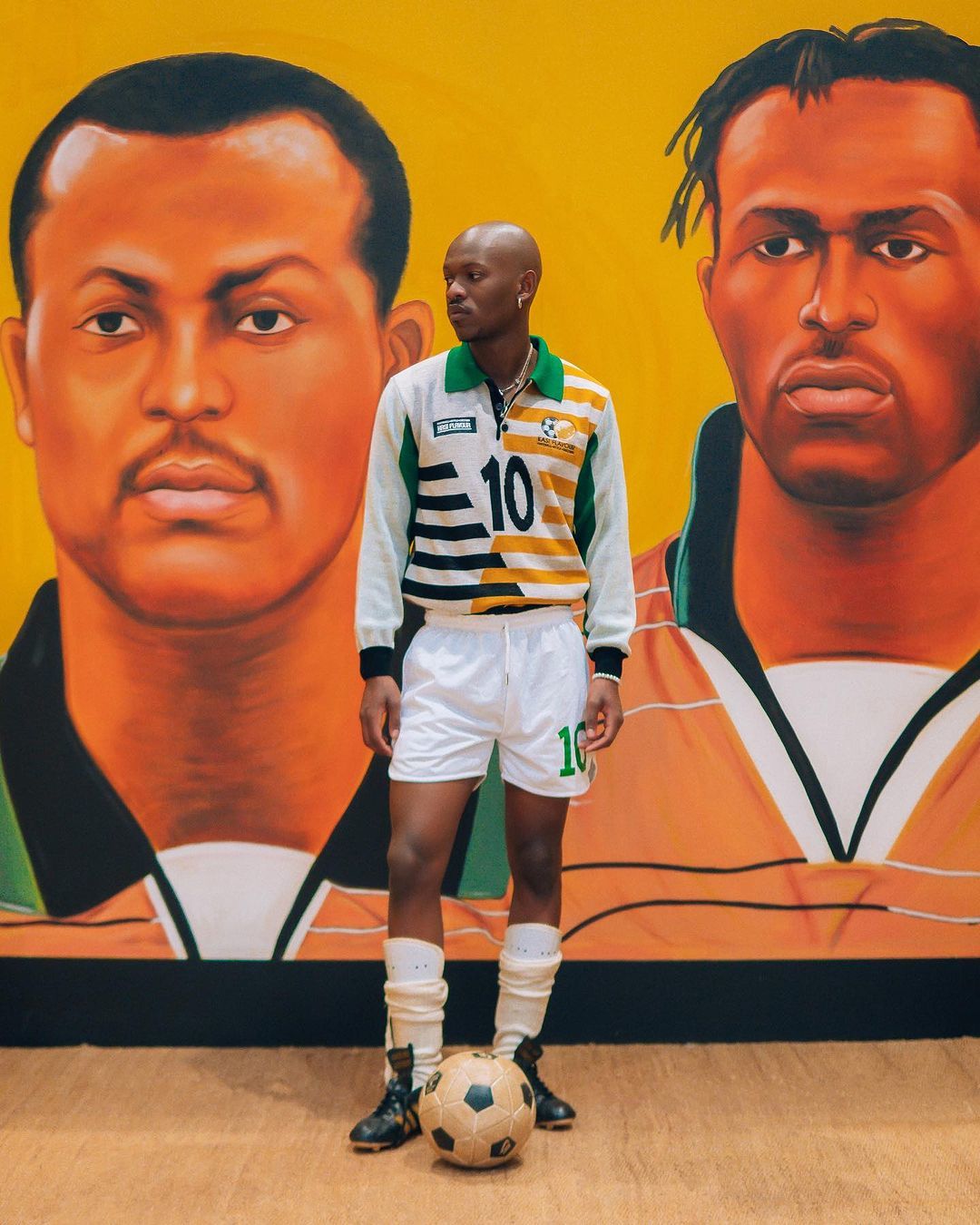
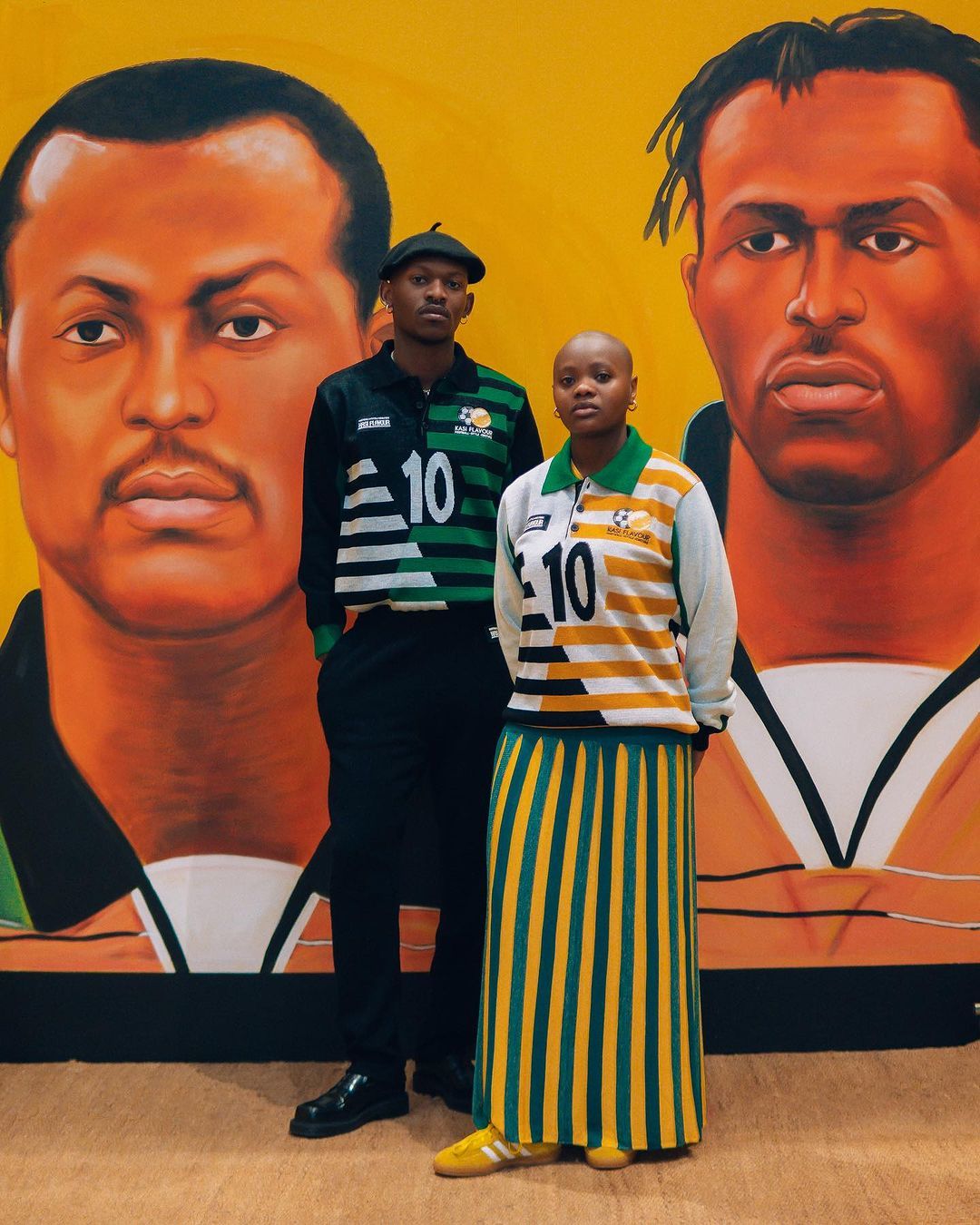
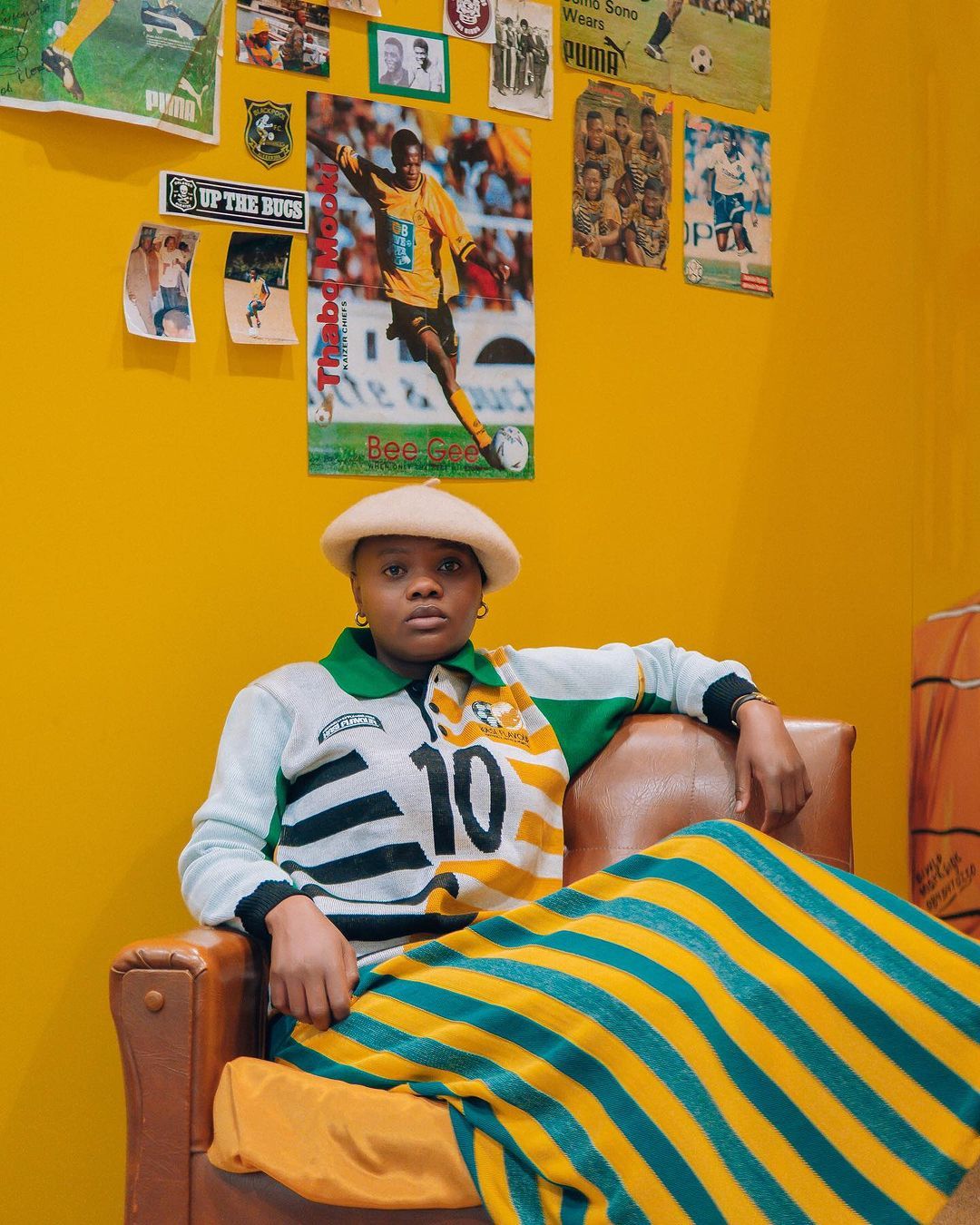
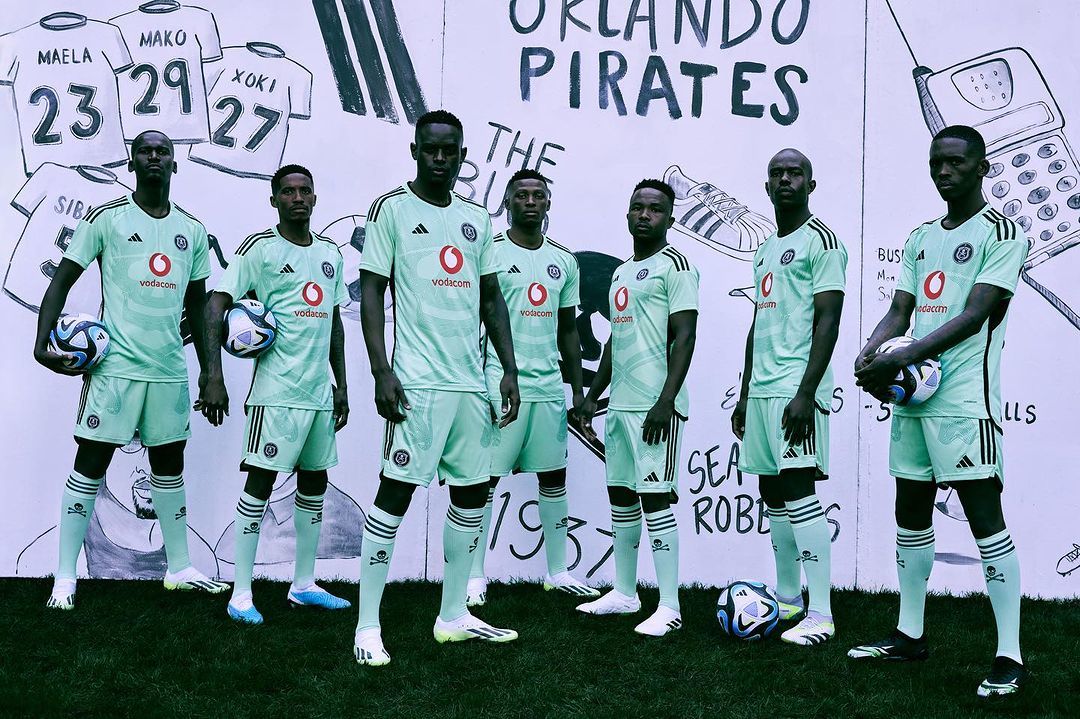
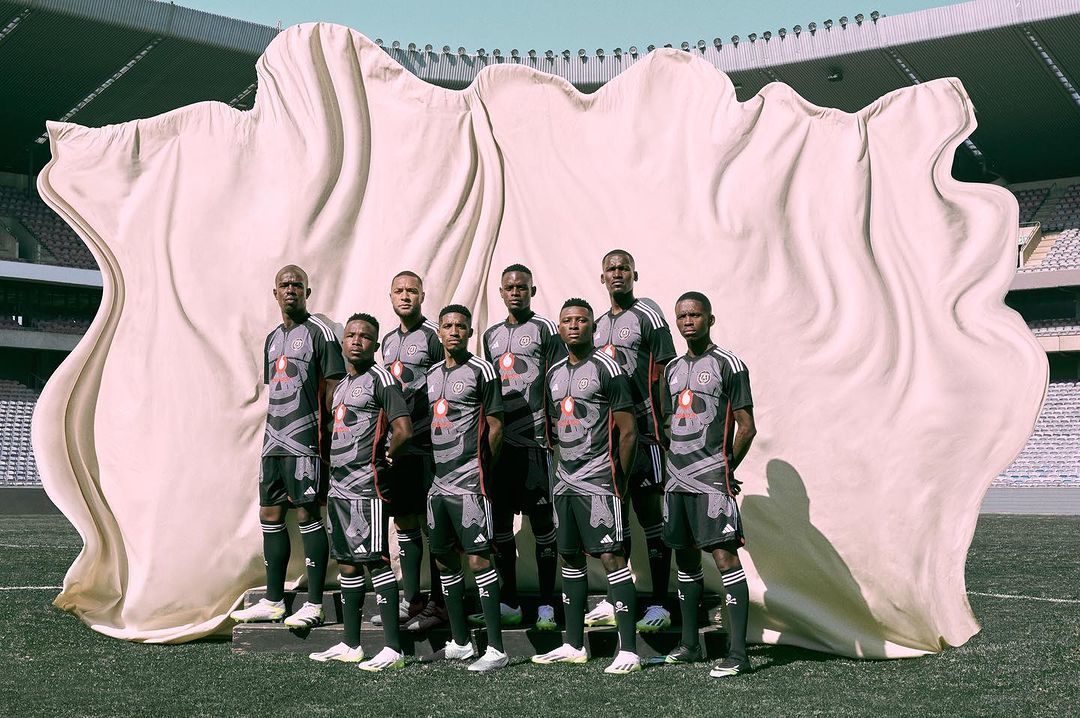

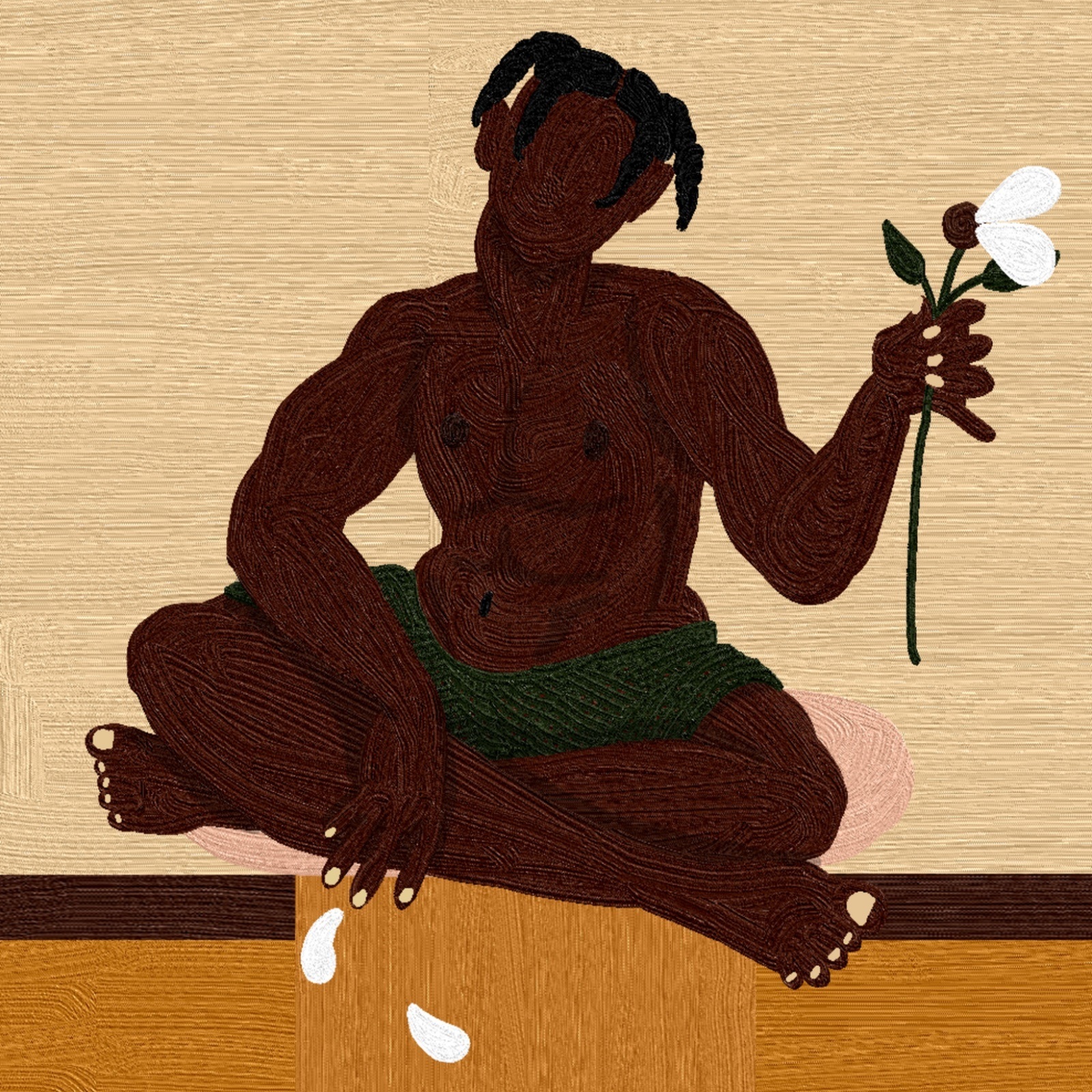
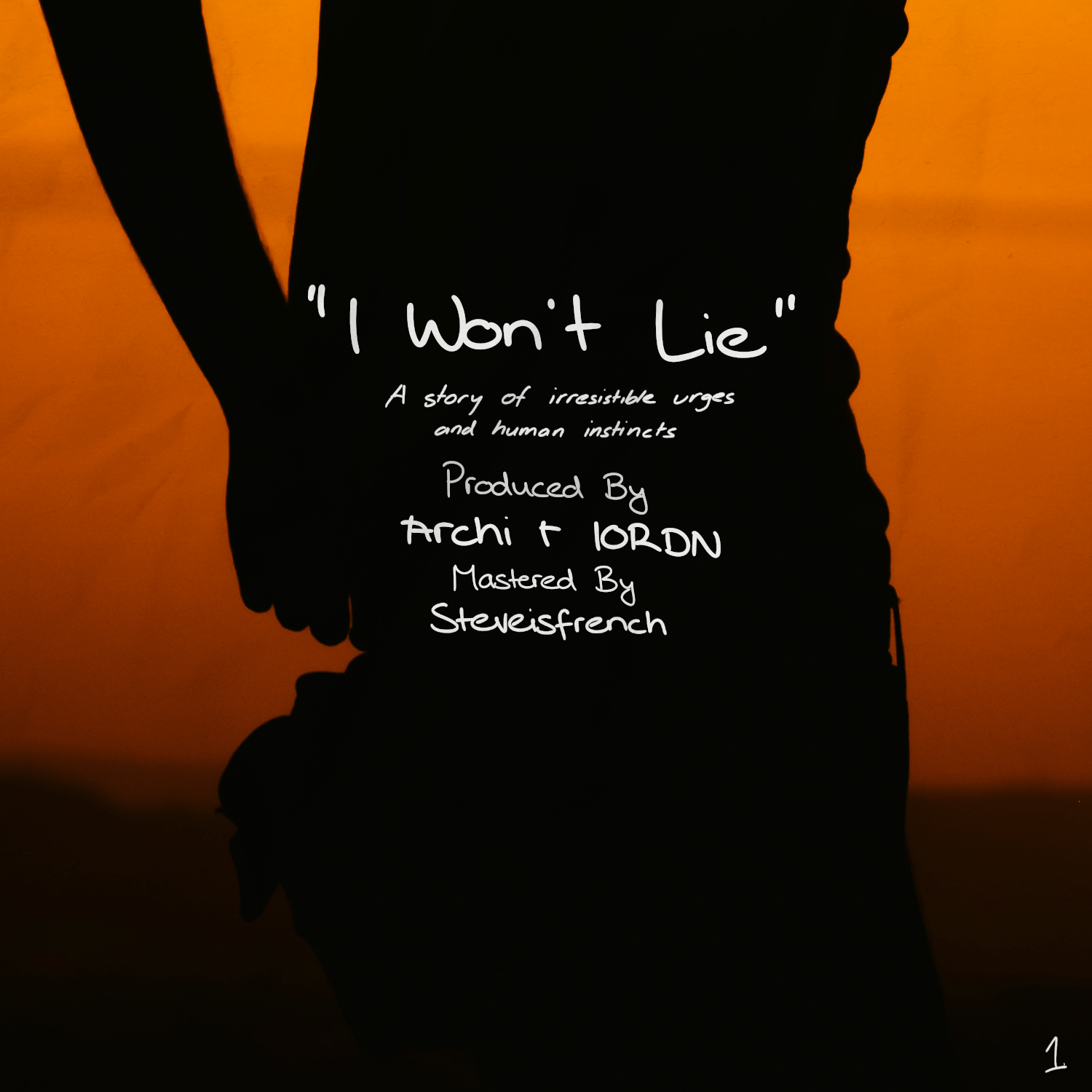

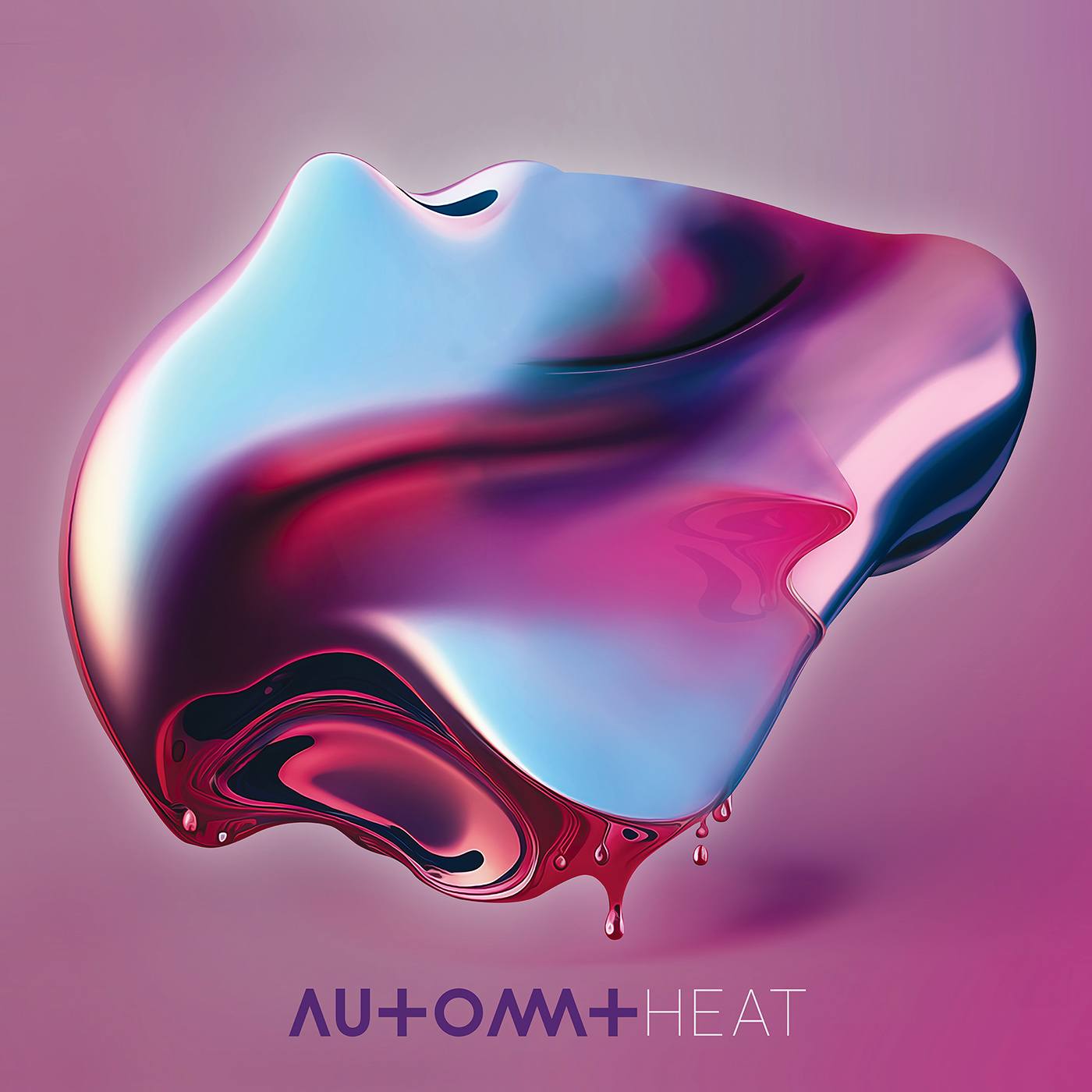


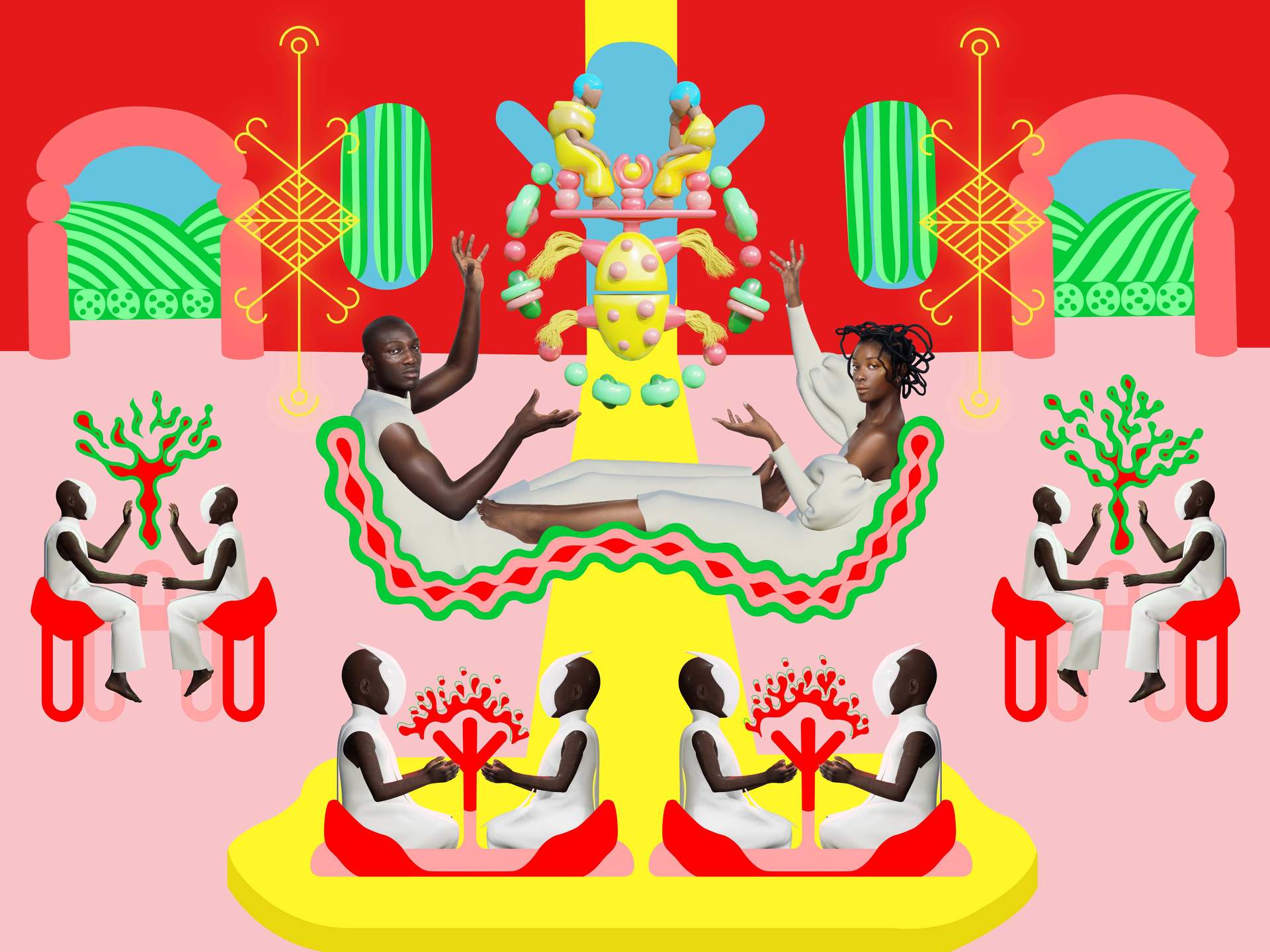

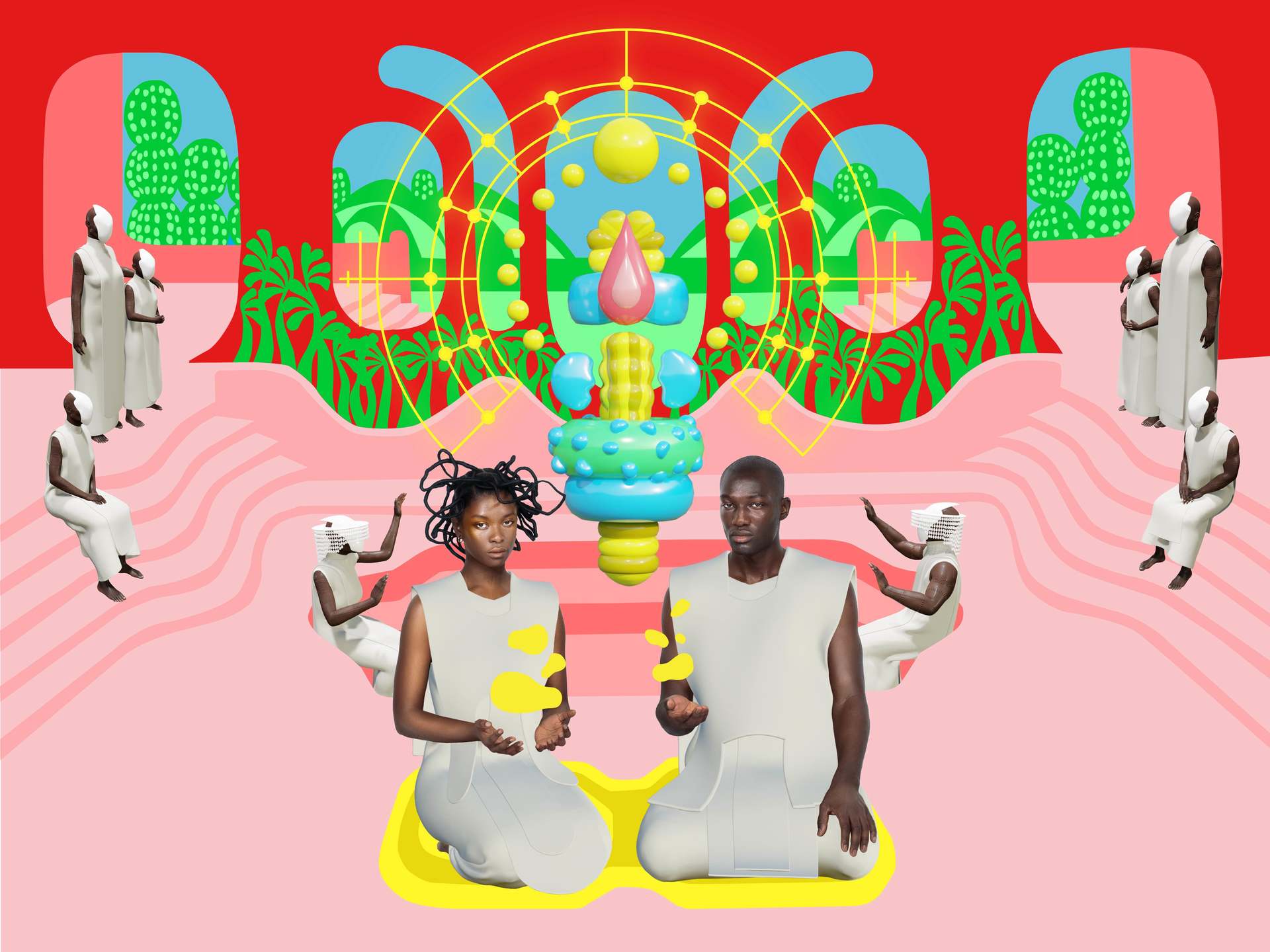


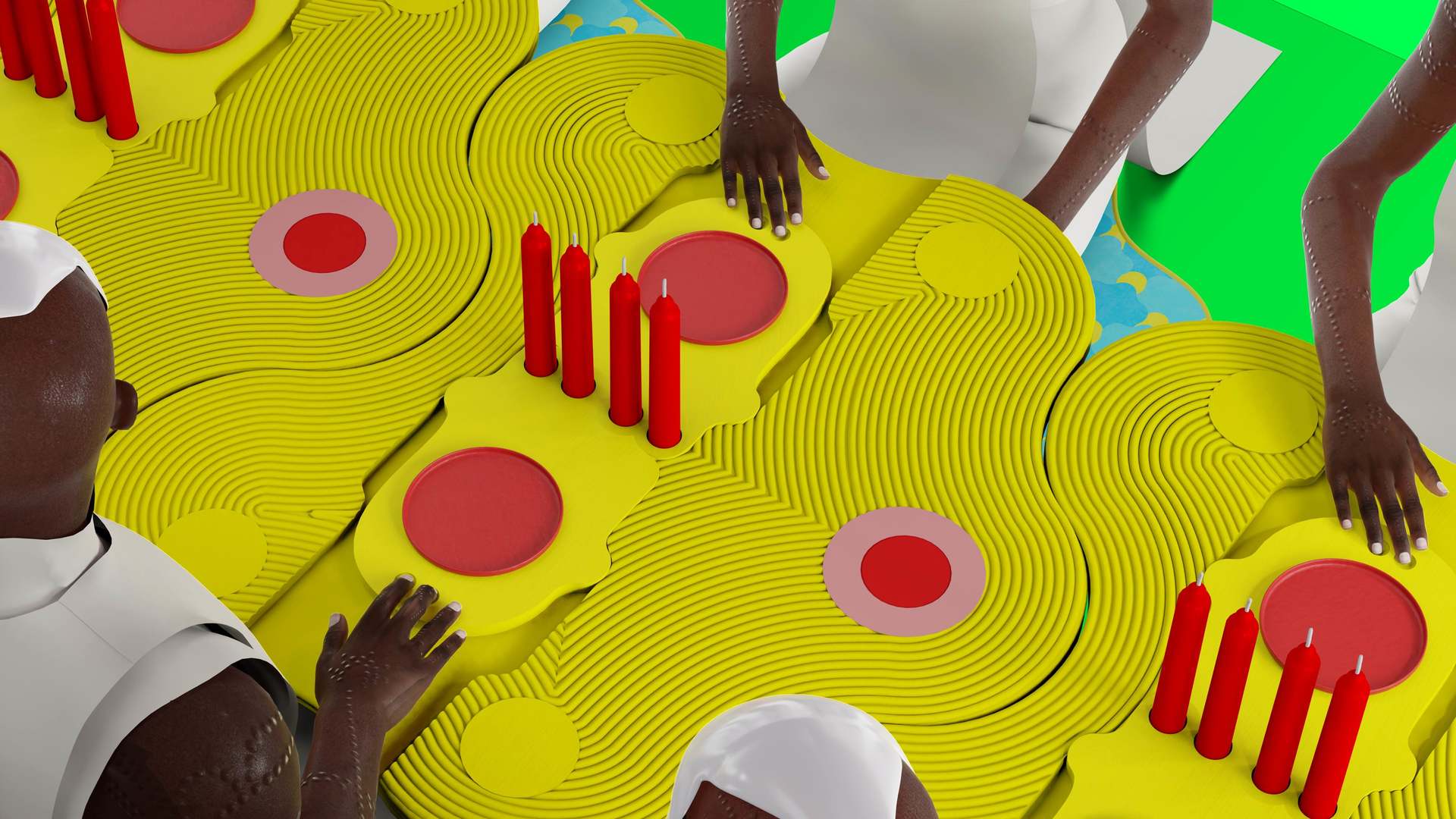
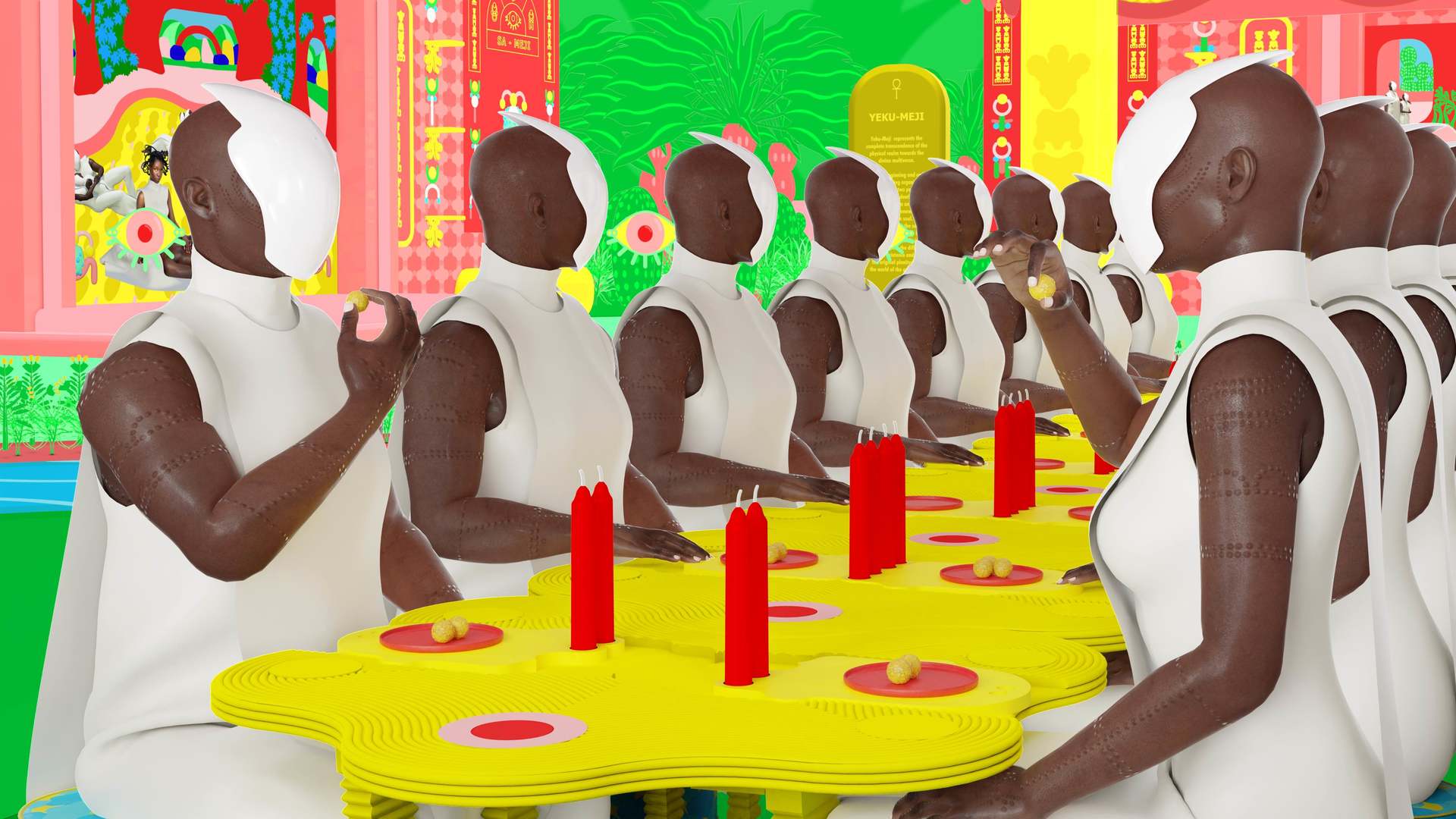

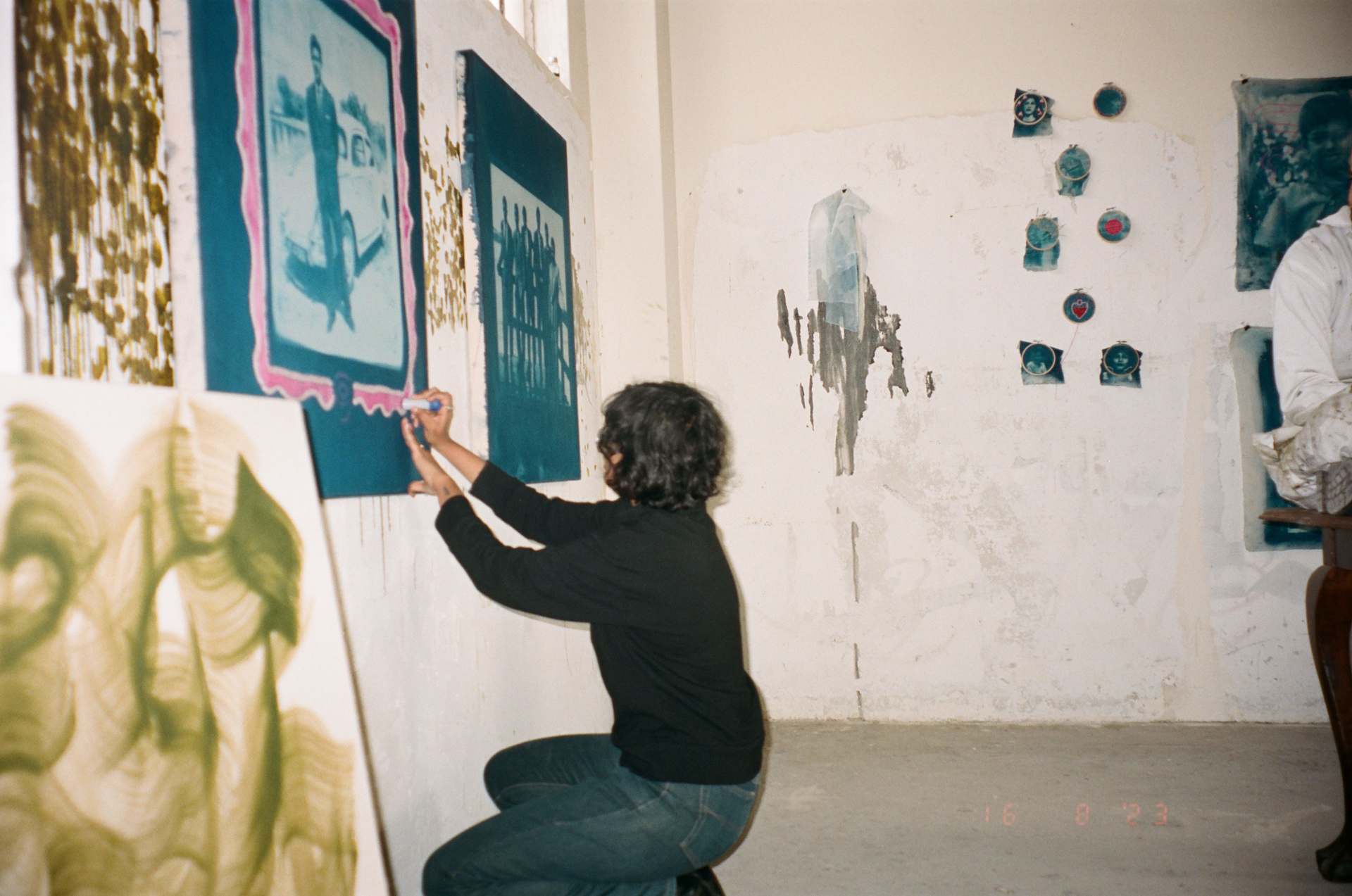

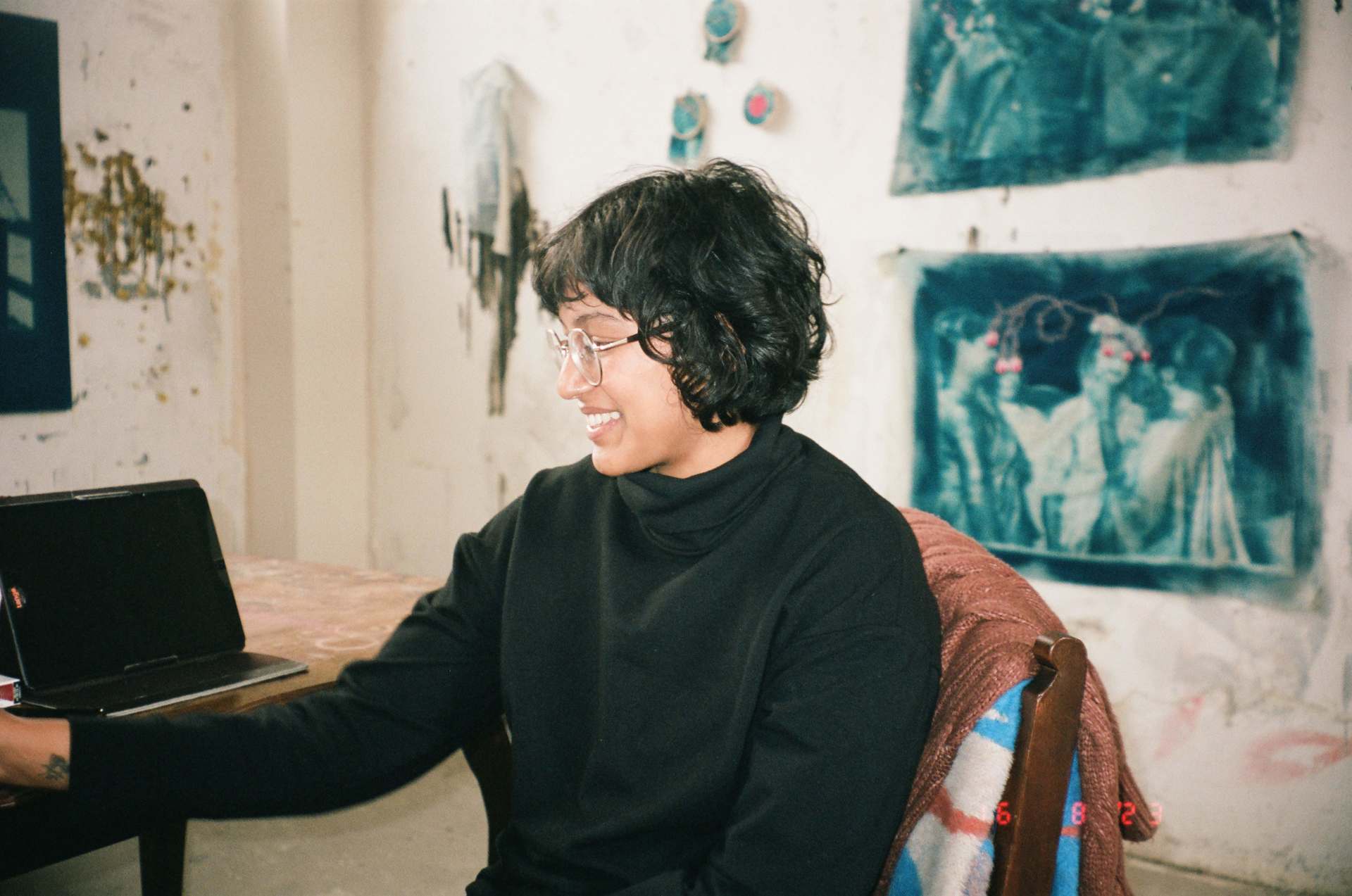


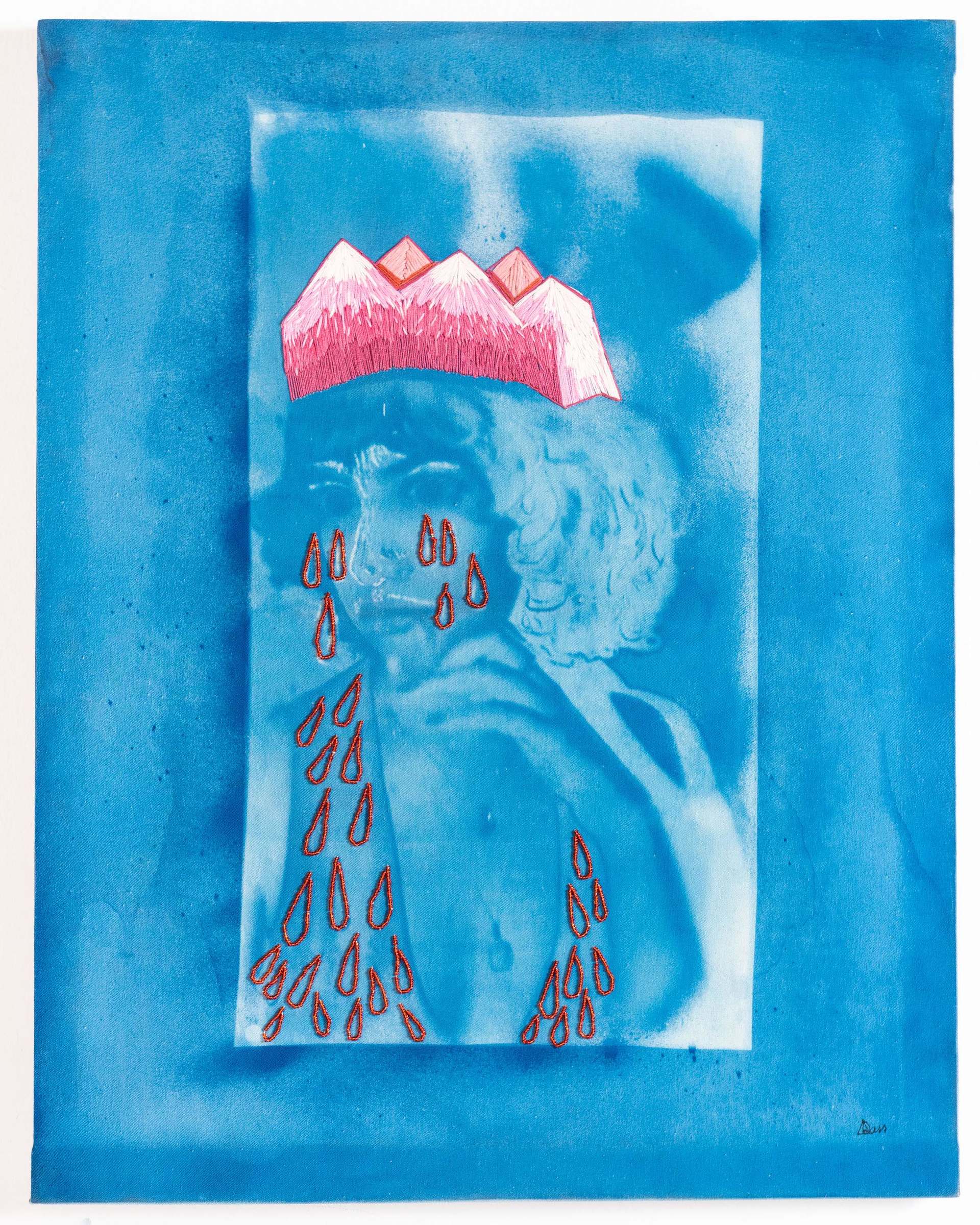
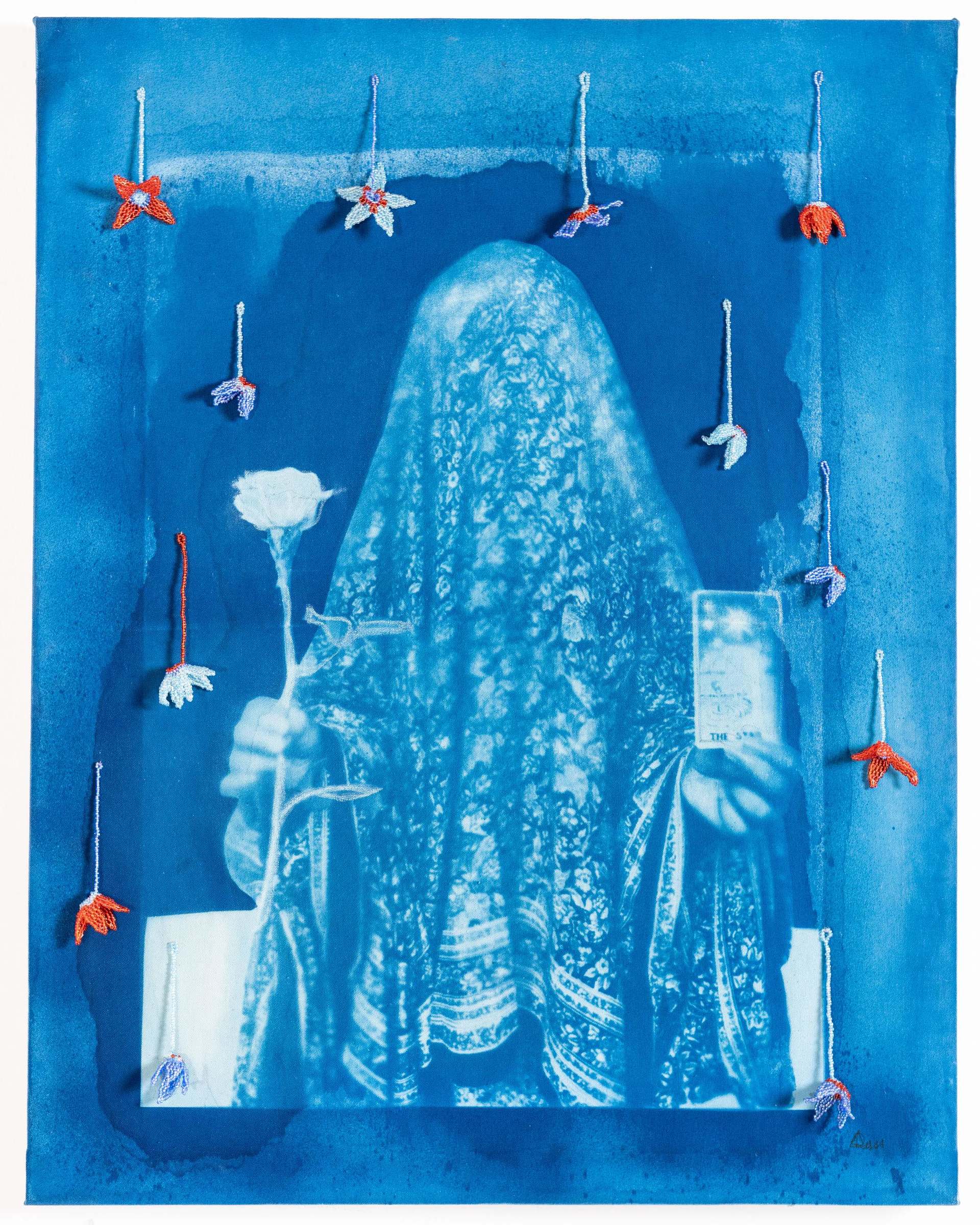
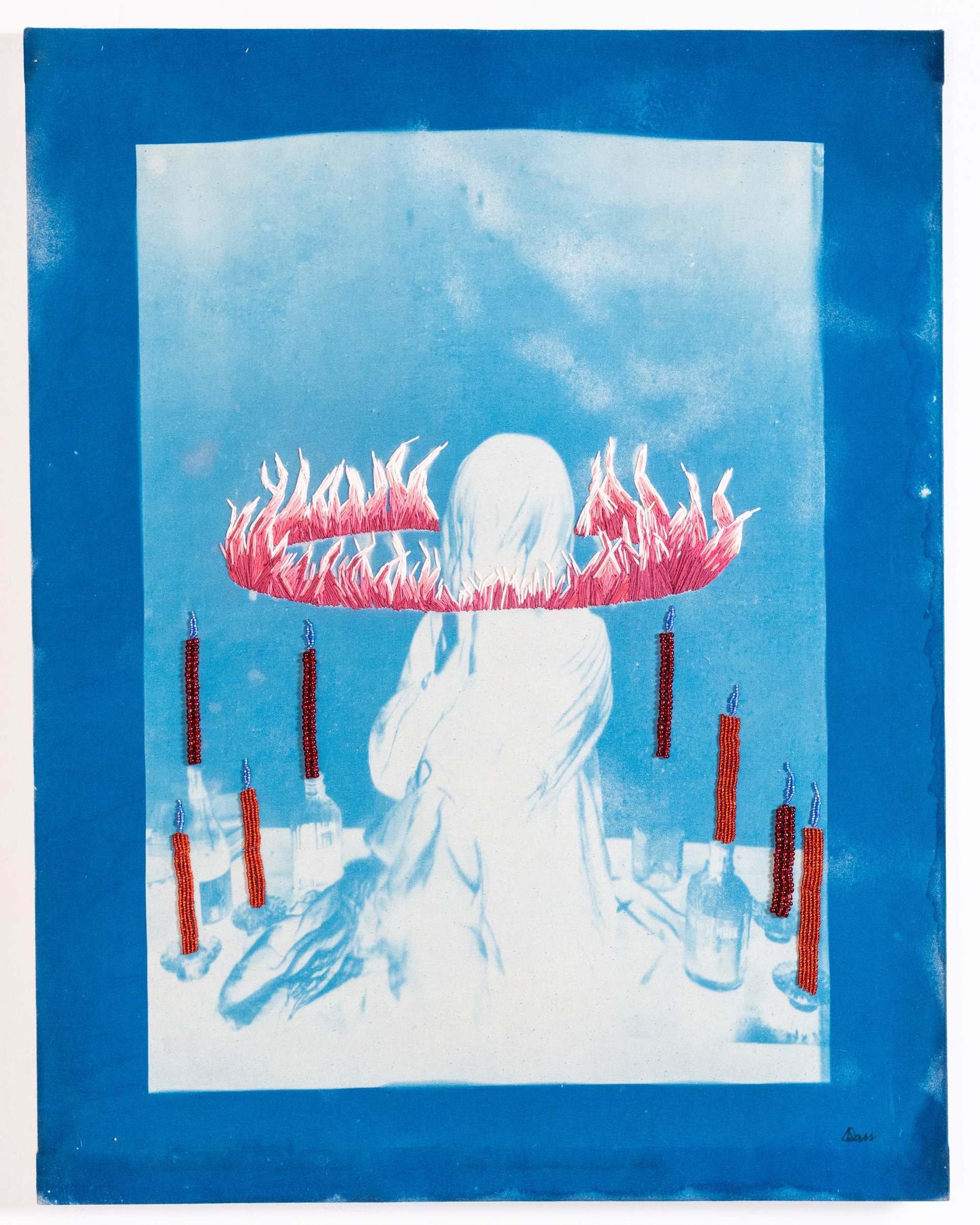
Recent Comments